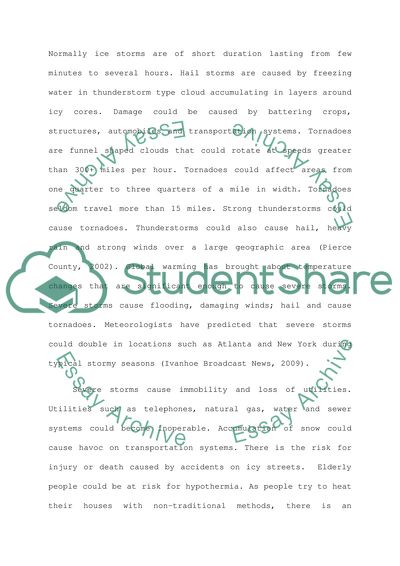Cite this document
(Principal Hazards in the United States Article Example | Topics and Well Written Essays - 1750 words, n.d.)
Principal Hazards in the United States Article Example | Topics and Well Written Essays - 1750 words. https://studentshare.org/geography/1728962-principal-hazards-in-the-united-states
Principal Hazards in the United States Article Example | Topics and Well Written Essays - 1750 words. https://studentshare.org/geography/1728962-principal-hazards-in-the-united-states
(Principal Hazards in the United States Article Example | Topics and Well Written Essays - 1750 Words)
Principal Hazards in the United States Article Example | Topics and Well Written Essays - 1750 Words. https://studentshare.org/geography/1728962-principal-hazards-in-the-united-states.
Principal Hazards in the United States Article Example | Topics and Well Written Essays - 1750 Words. https://studentshare.org/geography/1728962-principal-hazards-in-the-united-states.
“Principal Hazards in the United States Article Example | Topics and Well Written Essays - 1750 Words”. https://studentshare.org/geography/1728962-principal-hazards-in-the-united-states.


